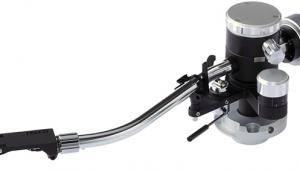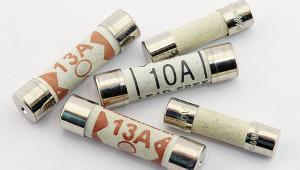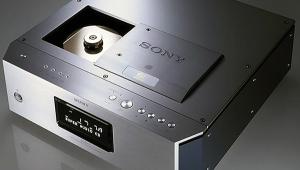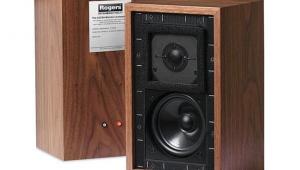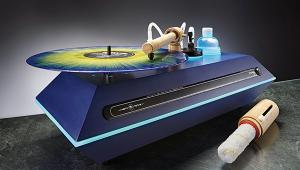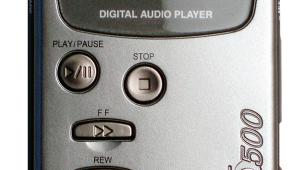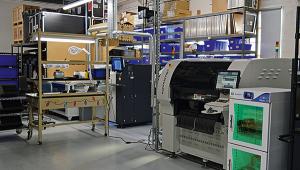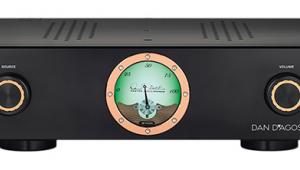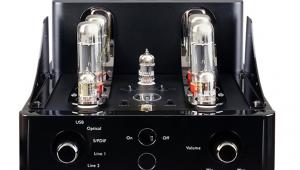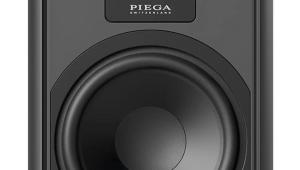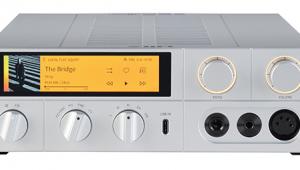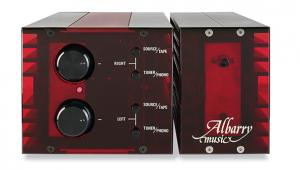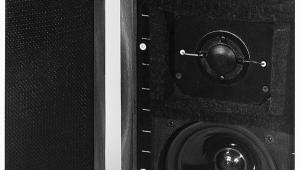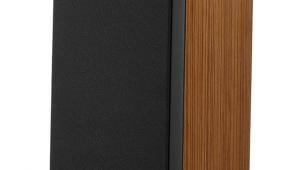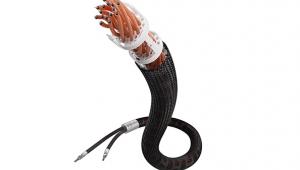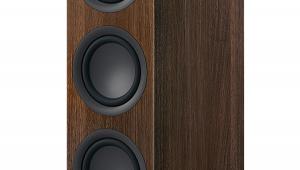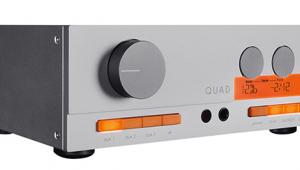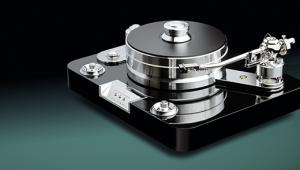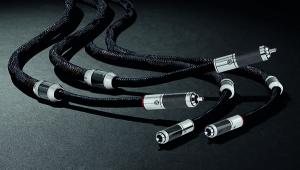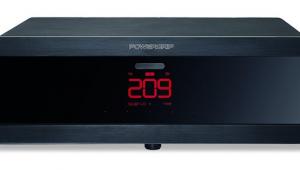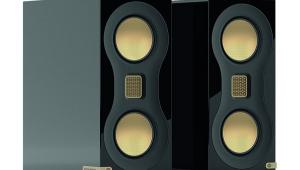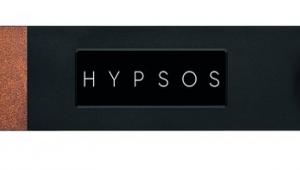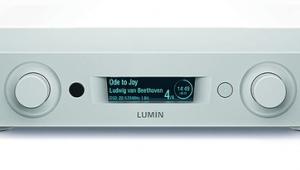Vinyl and nonlinear velocity
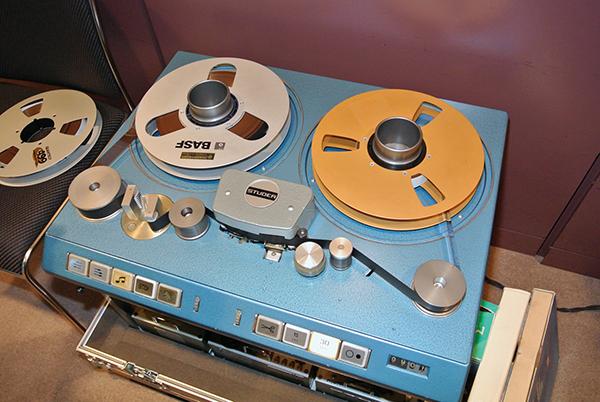
Analogue fans are in general agreement that the professional open-reel tape speed (linear velocity) of 30in per second (30ips, or 72cm/s) is unexcelled when it comes to capturing both musical detail and dynamics. It can sound really impressive with 1in or 2in tape.
Yet 30ips is not a practicality for consumer use – the amount of tape needed to capture even a 20-minute performance can be daunting. This ultimate professional speed is divided down by halves for less-demanding formats: 15ips, 7.5ips, 3.75ips (38cm/s, 19cm/s, 9.5cm/s, respectively). These latter two speeds are common for consumer use. During the heyday of open-reel popularity, factory-made pre-recorded tapes were often issued in the 3.75ips format, to squeeze the maximum amount of music onto 7in reels.
Up to speed
Half of this slower open-reel velocity is the 1.875ips (4.75cm/s) rate of cassette tape. Audible artefacts such as pitch anomalies increase as the inch-per-second rate decreases. It’s actually pretty amazing that cassette tape can sound as good as it sometimes does when using a top-quality cassette and a good deck.
You may not have ever considered this, but the spiral groove on a 12in vinyl record spinning at 33.3rpm slows from a velocity of almost 21ips at the outer rim (the ‘lead in’ groove) to approximately 7.4ips near the record’s label (4in in diameter, the ‘lead out’ groove). As a tonearm moves toward the record’s centre, playback velocity decreases by two thirds. The innermost track is quite slow.
You can check this with some simple maths: diameter x Pi x 33.33 ÷ 60 = 20.94ips at the lead-in and 7.42 at the lead-out. In short, the fidelity of vinyl records is always better among outer tracks. Many vinyl fans have discovered this, and it’s the reason why some specialty remastering houses issue products on 45rpm records, and often use only half the available space on the disc – turning what was originally a single disc into two or more. The linear velocity at the rim of a 12in disc spinning at 45rpm is 28.27ips, close to the professional tape standard of 30ips. High-speed formats are almost always sonically superior.
Part of the widespread misunderstanding of this phenomenon is that we use the English word ‘speed’ to refer to two different things: rotational rate, and velocity (distance traversed/time), but it’s the reason why the inner tracks on vinyl records are less enjoyable than the outer ones. A fading piano chord may sound realistic on an outer track, but you may hear wavering pitch on an inner one – especially with a belt-drive turntable. It’s one of those analogue glitches that once heard can never be un-heard.
Among my acquaintances are some analogue fanatics constantly chasing after rare, highly recommended pressings at $100 or $200 a pop, exotic phono cartridges, and the latest improvement in phono preamp technology. While I admire their enthusiasm, it’s one that I do not share – and I’m both a reformed record collector (from a family of record collectors) and a turntable expert. No exaggeration: I have setup, serviced, and modified hundreds of them, and even built some Frankenstein machines.
Vinyl obsession
But that’s in the past. Some years ago, at the Audio Engineering Society confab, I had a chat with one of the world’s foremost turntable gurus. I inquired how he could resolve his love of music and his obviously excellent perceptual abilities with all that’s wrong with the vinyl format: surface noise, ticks and pops, adjacent and inner groove distortion, tracking and tracing errors, pre-echo, post-echo, limited dynamic range, off-centre pressings, warped platters.
I didn’t even get to ‘nonlinear velocity’ before he raised a hand to silence me. ‘None of that stuff bothers me’, he stated as if talking to a child. But it bothers the heck out of me. I’ll never understand the obsession with trying to extract more from an inherently flawed resource.
